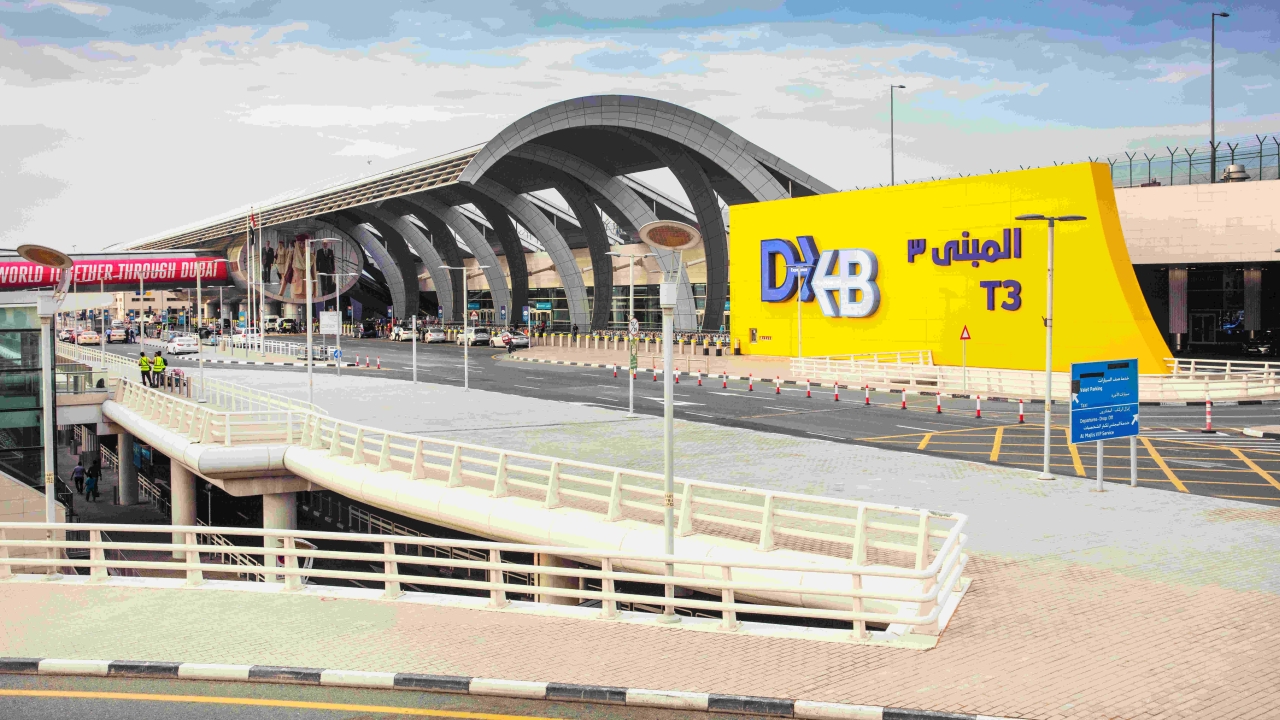Moroccan airports on course to hit new heights
As part of its srategy to increase international and regional capacity, The Moroccan Airports Authority (ONDA) has carried out major infrastructure projects, including the extension of Terminal 1 at Casablanca International Airport and a new terminal at Guelmim, Vincent Chappard reports.

Air transport indicators are looking good for Morocco’s airports.
The country registered record traffic in 2018 with more than 22.5 million passengers and 10.43% growth. The trend is continuing, with commercial traffic growth of 14.24% at the end of July this year.
Casablanca Mohammed V International Airport welcomed 45.11% of total passenger traffic –1,080,399 passengers – in July 2019, as opposed to 984,718 passengers for the same period last year. This represented an increase of 9.72%.
Marrakech-Menara Airport recorded a growth of 30.58%.
For years, ONDA has been working on several projects to build capacity and support this growth. The extension, renovation and modernisation of Terminal 1 at the Casablanca hub was one of the major schemes. It was inaugurated in January by King Mohammed VI.
“The extension of Mohammed V brings an additional capacity of seven million passengers to the airport, which now has an overall capacity of 14 million passengers per year,” said Zouhair Mohammed El Aoufir, ONDA’s director general. “Terminal 1 has the best systems and new generation equipment.”
This new airport infrastructure is in line with Morocco’s ambition for its airport network and responds to the sustained growth in air traffic.
Terminal 1 covers a surface area of 76,000sqm. It has eight new aircraft parking areas, including three for long-haul aircraft, such as the A380, and nine telescopic bridges.
The commercial ‘walk-through’, which is an innovative concept of duty-free shops located in the passenger circuit, offers a diversified choice of national and international brands.
All functions and links between Terminal 1 and Terminal 2 have been studied in order to enhance the quality of service and to respond to the significant growth in air traffic in the country.
Among the innovations, the airport has an automatic baggage-handling system. The common user terminal equipment (CUTE) system manages 5,000 bags per hour from two check-in areas with a total of 84 counters. There’s also the baggage reconciliation system (BRS), explosive trace and narcotics detection equipment, and a body scan system.
The new terminal is dedicated to Royal Air Maroc and its partners. According to ONDA, this will provide the hub with the required capacity for the smooth running of the entire process by providing more comfort, quality of service, and enhanced passenger experience.
“We will also work towards making Casablanca the main hub of the African continent,” said Abdelhamid Addou, chairman and CEO of Royal Air Maroc.
During the inauguration ceremony, El Aoufir also presented other completed airport projects – the new air terminals at Zagora and Errachidia airports – as well as the second national air navigation safety control centre, located near Agadir Al Massira Airport.
ONDA had also commissioned a new terminal at Guelmim Airport. The existing terminal had an area of 210sqm and a capacity of three-aircraft parking.
“The construction of this new terminal is part of ONDA’s strategy to increase the capacity of regional airports,” added El Aoufir.
The new Guelmim terminal covers a surface area of 7,000sqm, with a capacity of 700,000 passengers per year. It includes the extension and upgrade of the aircraft movement area to accommodate long-haul carriers.
Like Casablanca, the new terminal will be equipped to meet international standards in terms of safety, security and quality of service. According to ONDA, it will accommodate passengers in the best conditions, in a good ambiance and with maximum comfort.
Royal Air Maroc operates Guelmim-Casablanca connections.
ONDA has also launched several other projects; the new Nador Airport terminal, to be delivered at the end of the year, and a new terminal in the city of lights, Rabat, which will accommodate up to 4 million passengers.
A study has also been commissioned for the setting up of an airport dedicated to business aviation in the city of Tit Mellil as part of a public-private partnership.
Stay up to date
Subscribe to the free Times Aerospace newsletter and receive the latest content every week. We'll never share your email address.

